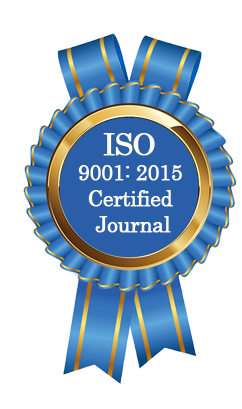| All | Since 2020 | |
| Citation | 105 | 60 |
| h-index | 4 | 4 |
| i10-index | 3 | 2 |
WJAHR Citation 
Login
News & Updation
Best Article Awards
World Journal of Advance Healthcare Research (WJAHR) is giving Best Article Award in every Issue for Best Article and Issue Certificate of Appreciation to the Authors to promote research activity of scholar.
Best Article of current issue
Download Article : Click here
Indexing
Abstract
PRESCRIPTION PATTERN OF GOUT: A PROSPECTIVE STUDY
Mukesh Kumar Chaudhary*, Kajol Chaudhary, Krishna Chaudhary Tharu, Niruta Jamarkattel, Sita Nepali and Sundar Neupane
ABSTRACT
Gout is a common metabolic disorder which occurs due to excessive deposition of uric acid in different bone joints. The incidence of gout has also risen rapidly in Nepal in the past decades. Men are three times more likely than women to develop gout. It tends to affect men after age 40 and women after menopause. The aim was to study the prescription pattern of gout drugs in gouty outpatients in Crimson Hospital, Manigram, Rupandehi. Hospitalized and patient below 20 years of age were excluded from the study. A total of 110 cases were included in the study. The result of this study shows that most of the gout patients were male in comparison to female and fell under the age group from 40-49 years (37.27%) followed by 50–59 year age group (25.45%). It was found that alcohol consumers patient was more in number than smokers and tobacco consumers. Brahmin patients (43.64%) were mostly diagnosed with gout in comparison to other races. In occupation wise distribution most of the gout patients were business (25.45%) followed by service (19.09%). In our study, hypertension (28.18%) shows the highest diagnosis of diseases in patient with gout. Combination therapy is more common than mono-therapy. Combination of three drugs is most frequently used among the patients. Most of the prescribed gout drugs were Febuxostat along with NSAIDs and Proton Pump Inhibitors (Pantoprazole) followed by Colchicine with NSAIDs and Pantoprazole. Oral route was mostly preferred rather than intravenous routes.
[Full Text Article] [Download Certificate]
